McLaren designed, engineered, and developed the Senna for one significant purpose; to become the ultimate track-concentrated McLaren legalized for road use. Unlike the 720S, 570S, and 600LT, the Senna hypercar compromises on the brand's trademark of delivering supercar for daily usability to provide the ultimate racetrack driving experience of any road McLaren.
Although McLaren engineers utilized the same philosophy behind the preceding P1 model, track prowess takes precedence in the Senna instead of trying to balance both road and track. As part of the extreme McLaren Ultimate Series, McLaren built just 500 examples of the Senna, each hand-assembled by capable specialists. Let's take a closer look at some details that gearheads forgot about the McLaren Senna.
10 McLaren Badged The Senna After Ayrton Senna
In his first season with McLaren, Ayrton Senna drove the 1988 MP4/4 Formula 1 car to a record-breaking eight wins, enough to win him his first title with the automaker. Besides getting a competitive car, Senna found a team with the same winning mentality and competitive ethos to squeeze every ounce of performance from the vehicle.
Ayrton Senna won 35 times in six years with the McLaren team, and McLaren saw it befitting to name its track-focused hypercar after him. McLaren's designers and engineers created the car not just to set a performance benchmark but also to embody the values of the legendary Formula 1 driver.
9 The Senna Boasts Intricate Aerodynamic Detailing
The Senna's aggressive appearance epitomizes McLaren's design philosophy of form follows function, with principles of aerodynamic performance and downforce prioritized ahead of visual appearance. Airflow hitting the nose gets turned by the active aero blades, front splitter, secondary fixed aero blades, and slot gaps between the headlights and DRLs.
McLaren's engineers and designers created the Senna's rear clamshell to satisfy aerodynamic and cooling requirements. The stepped louvers and prominent gurney flaps direct air down the sides and away from the rear deck to create low pressure and draw out hot air from the Senna's high-temperature radiators.
8 McLaren Built The Senna With Lightweight Carbon Fiber
The McLaren Senna features a MonoCage III carbon structure at its core, designed to complement the powertrain and intricate aerodynamics. Interestingly, the MonoCage III is the strongest monocoque McLaren has ever built for a road-going vehicle, incorporating an innovative double-walled rear crash structure.
This tremendous strength allows for incredibly slim proof pillars, delivering breathtaking views through the wide windshield and across the front fenders for drivers to place the Senna perfectly through corners. Thanks to the uncompromising lightweight engineering and the MonoCage III's all-carbon body, the McLaren Senna became the lightest McLaren since the iconic F1 supercar.
7 The McLaren Senna Cockpit Is Driver-Focused
The driver's intimate relationship with the Senna begins with the F1-inspired dihedral doors, made from lightweight, toughened Gorilla Glass, to offer an unmatched sense of drama and fantastic visibility. The driver's seat moves on rails, with the module to select Neutral, Drive, and Reverse attached to it to ensure controls are within reach.
The folding driver display presents information on an upright TFT screen in Full Mode, and its ability to slide into Slim Mode improves forward visibility when tracking. The floating infotainment screen at the center sits angled up and towards the driver in portrait orientation for easier accessibility.
6 The McLaren Senna Offers Racetrack Equipment
The MonoCage III boasts a double-walled carbon fiber rear upper structure with sufficient stowage for two race helmets and accompanying race suits. McLaren allows clients to order a six-point racing harness for driver and passenger, while an MSO Defined powered push-to-drink system ensures optimal hydration and focus during extended track runs.
McLaren offers a three-camera system; a front-facing camera on the windshield, one between the driver and passenger to capture laps from inside, and another within the rear bumper to record corner exits. The optional McLaren Track Telemetry technology on the infotainment screen captures real-time data such as lap times, speed, individual sector times, throttle angle, and lateral/longitudinal G-forces.
5 The Senna Has Uncompromising Performance Features
The McLaren Senna features the revolutionary hydraulic suspension technology developed in the P1 hypercar, combined with RaceActive Chassis Control II for relative compliance at low speeds and mechanical grip when speeding. The configurable suspension offers a Race Mode, which reduces ride height, increases aerodynamics, and lowers the center of gravity.
The advanced braking system comprises next-generation carbon ceramic brakes and a brake booster initially used in the track-only P1 GTR. McLaren also equipped the Senna with Pirelli P Zero Trofeo R tires, designed to tackle dry racetracks and still approved for road use.
4 A Twin-Turbo V-8 Powers The McLaren Senna
The heart of the McLaren Senna is a 4.0-liter twin-turbocharged V-8, the most powerful engine in any McLaren road car of the time. The engine features a flat-plane crankshaft, lightweight connecting rods, race-inspired dry sump lubrication, bespoke camshafts, a unique air intake, a unique inlet manifold, and twin high-flow fuel pumps.
Another crucial element of the McLaren Senna's high-performance powertrain is the unique Inconel and titanium exhaust. Engineers angled the twin exhaust tips exiting at the carbon fiber rear deck to ensure efficient airflow around the rear diffuser and rear wing.
3 The Senna Features A Functional Roof-Mounted Snorkel
The McLaren Senna's potent V-8 breathes through a distinctive snorkel-designed air intake system proudly mounted on the roof. The snorkel allows air into the free-stream airflow, feeding clean air directly into the bespoke carbon fiber plenum on top of the engine bay.
The curvy carbon fiber intake plenum, visible through the Senna's engine cover, is arguably one of the most visually striking components of the McLaren Senna. The ultra-efficient air pathway is part of the air inlet and manifold system, sharpening throttle response and increasing the driver's sense of connectivity with the rear wheels.
2 The McLaren Senna Has Savage Acceleration
McLaren paired the Senna's 4.0-liter mid-mounted V-8 with a dual-clutch, seamless-shift, seven-speed transmission to deliver 778hp and 590lb-ft of torque to the rear wheels. The Ignition Cut technology adopted from Formula 1 allows the momentary cut of the fuel spark during gearshift to facilitate the fastest possible changes.
The transmission and software strategy includes a launch-control function that propels the Senna to clear 0-62 mph in 2.8 seconds and complete the standing quarter mile in 9.9 seconds. Despite the advanced technology, the Senna is not the fastest McLaren, but its 208 mph top speed is enough to rank it among the ten fastest of all time.
1 McLaren Introduced A Track-Only Senna GTR
The final form of the Senna is the track-only GTR model, designed to be faster, lighter, and more potent. McLaren optimized aerodynamic efficiency by reprofiling and relocating the wing, pushing it back to ensure the trailing edge hangs outside the car's footprint.
Without the constraints of racing or road regulations, the Senna GTR houses the extreme version of McLaren's 4.0-liter twin-turbocharged V-8 engine, electronically controlled to produce 803hp and 590lb-ft of torque. As part of the exclusive McLaren Ultimate Series, McLaren made only 75 examples, all built to customer order.

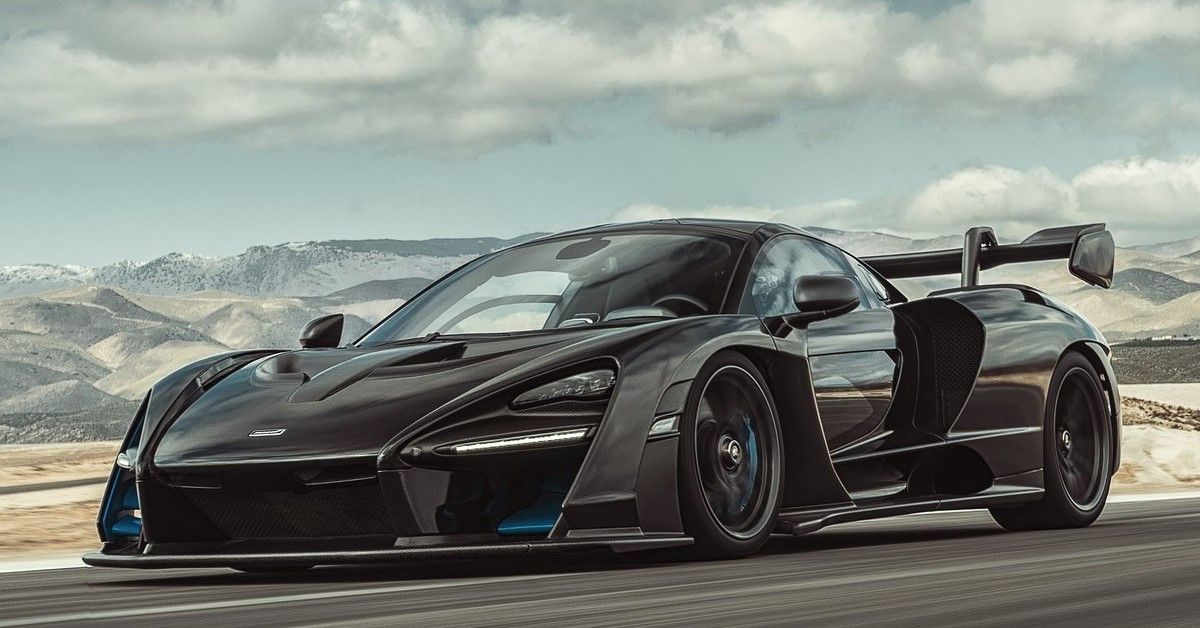

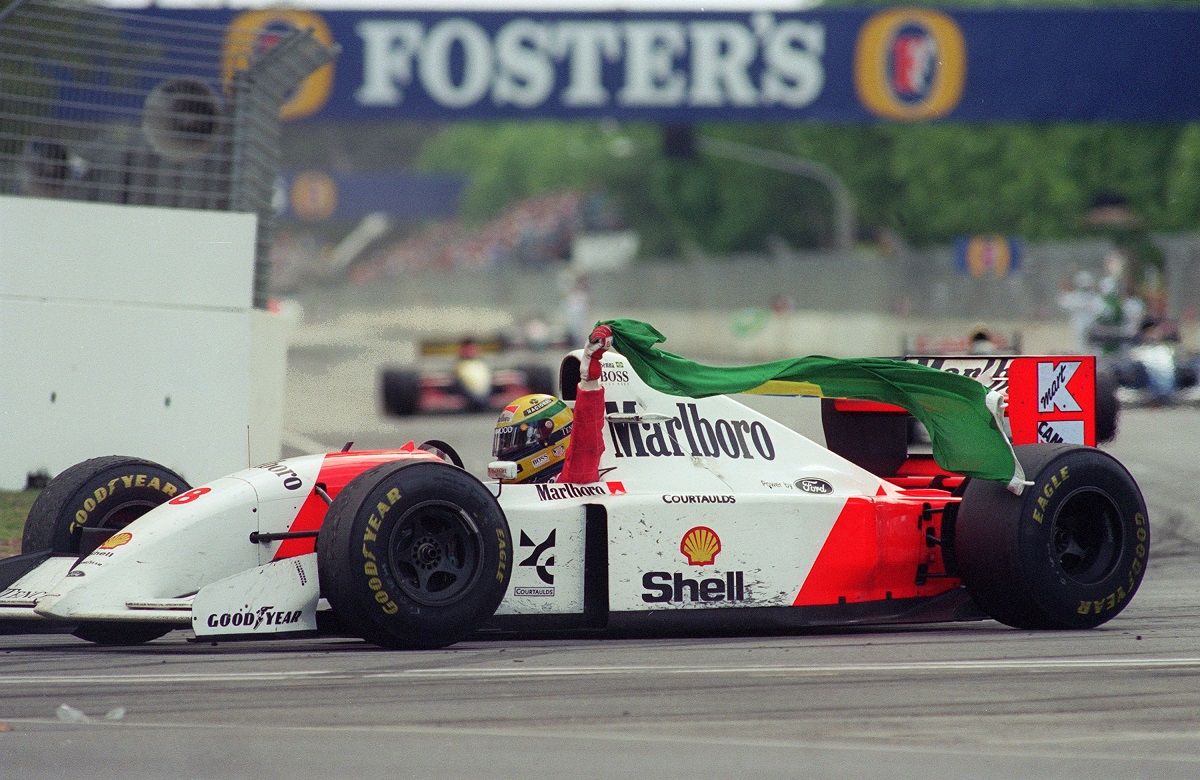
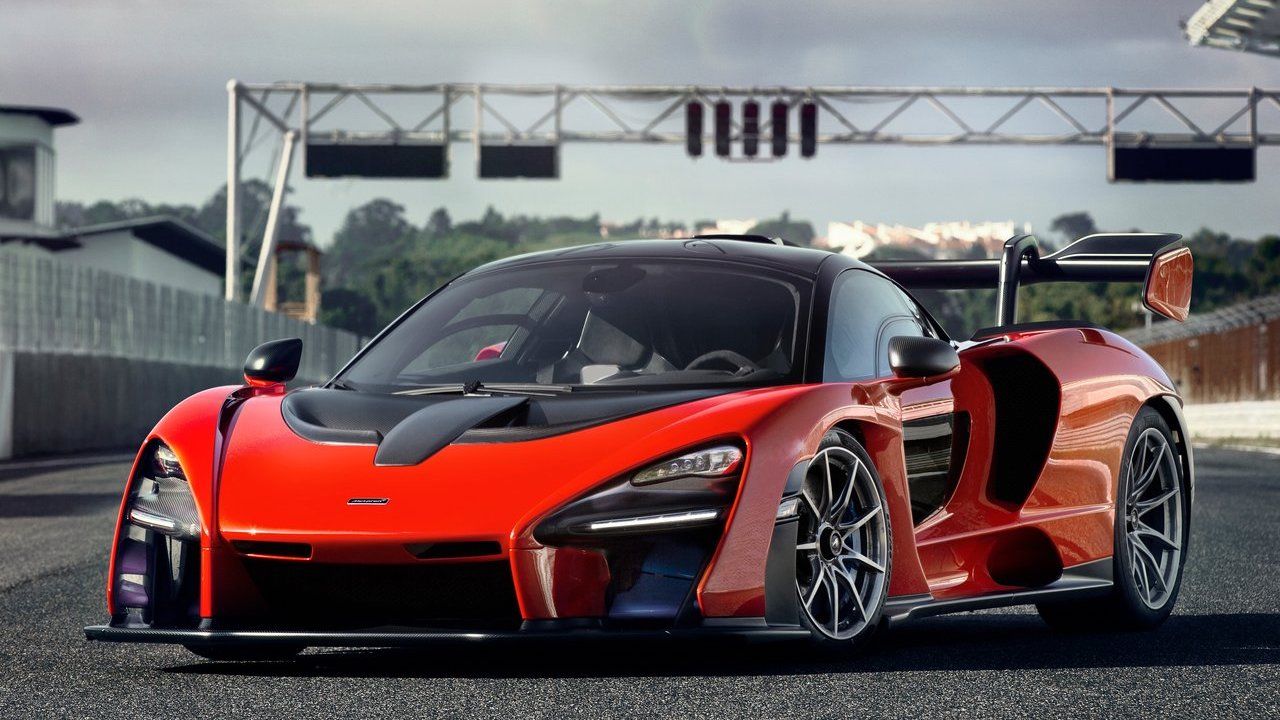
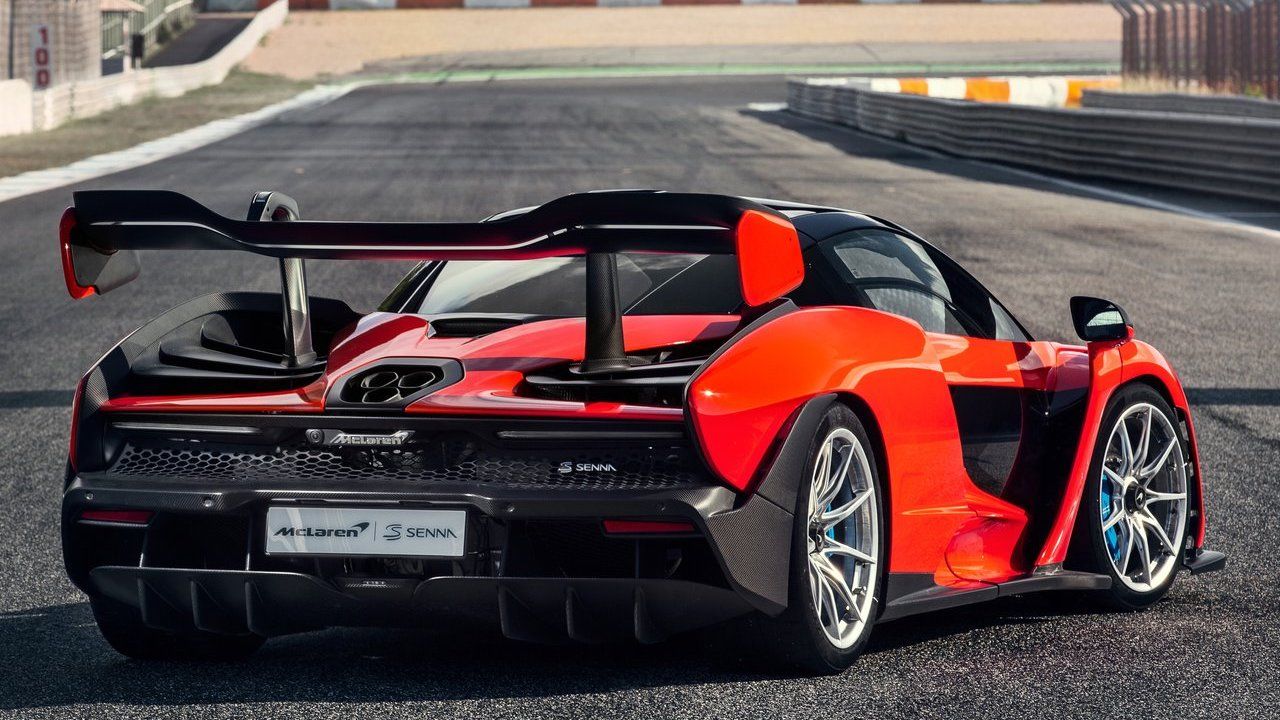
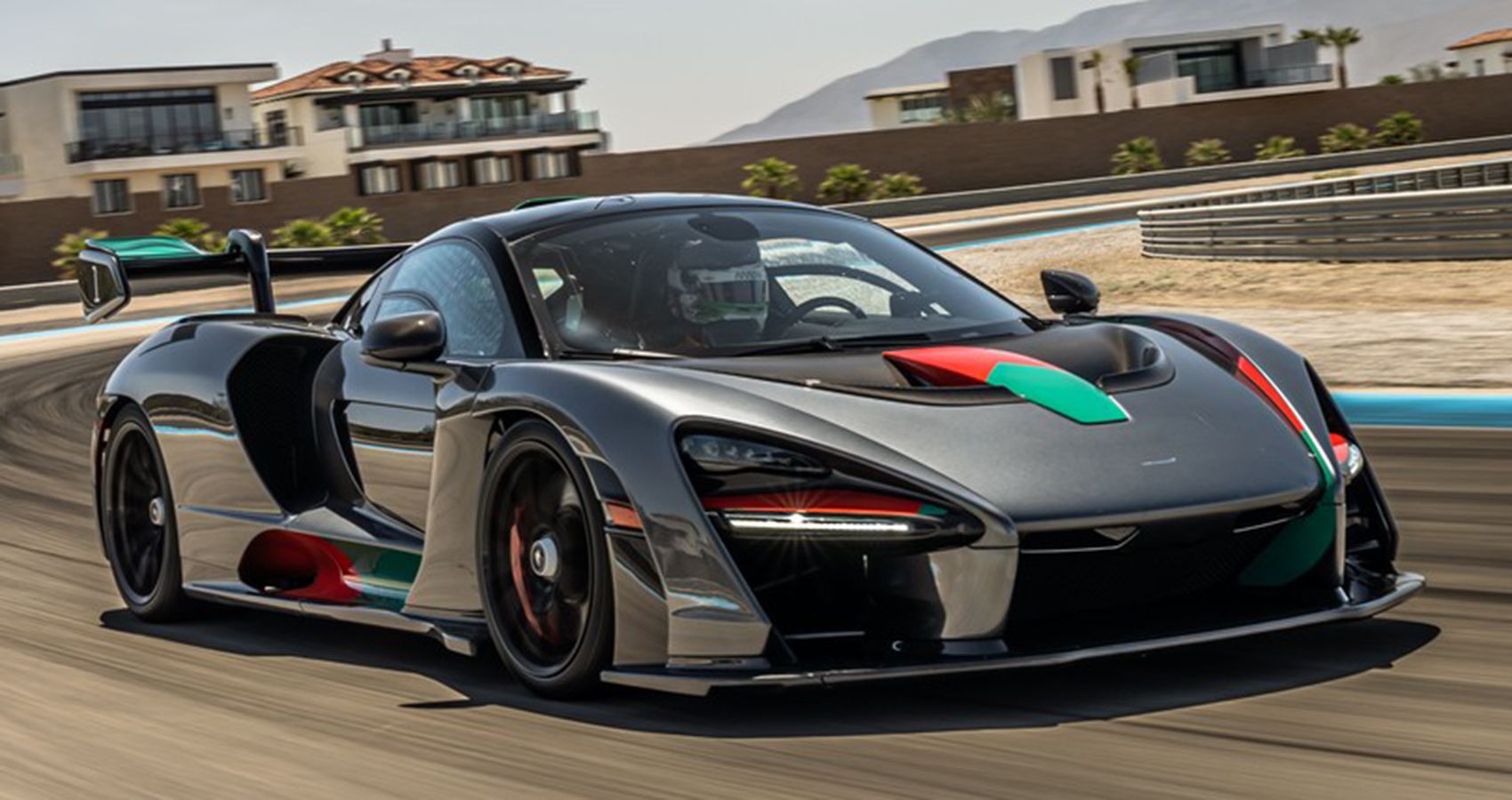
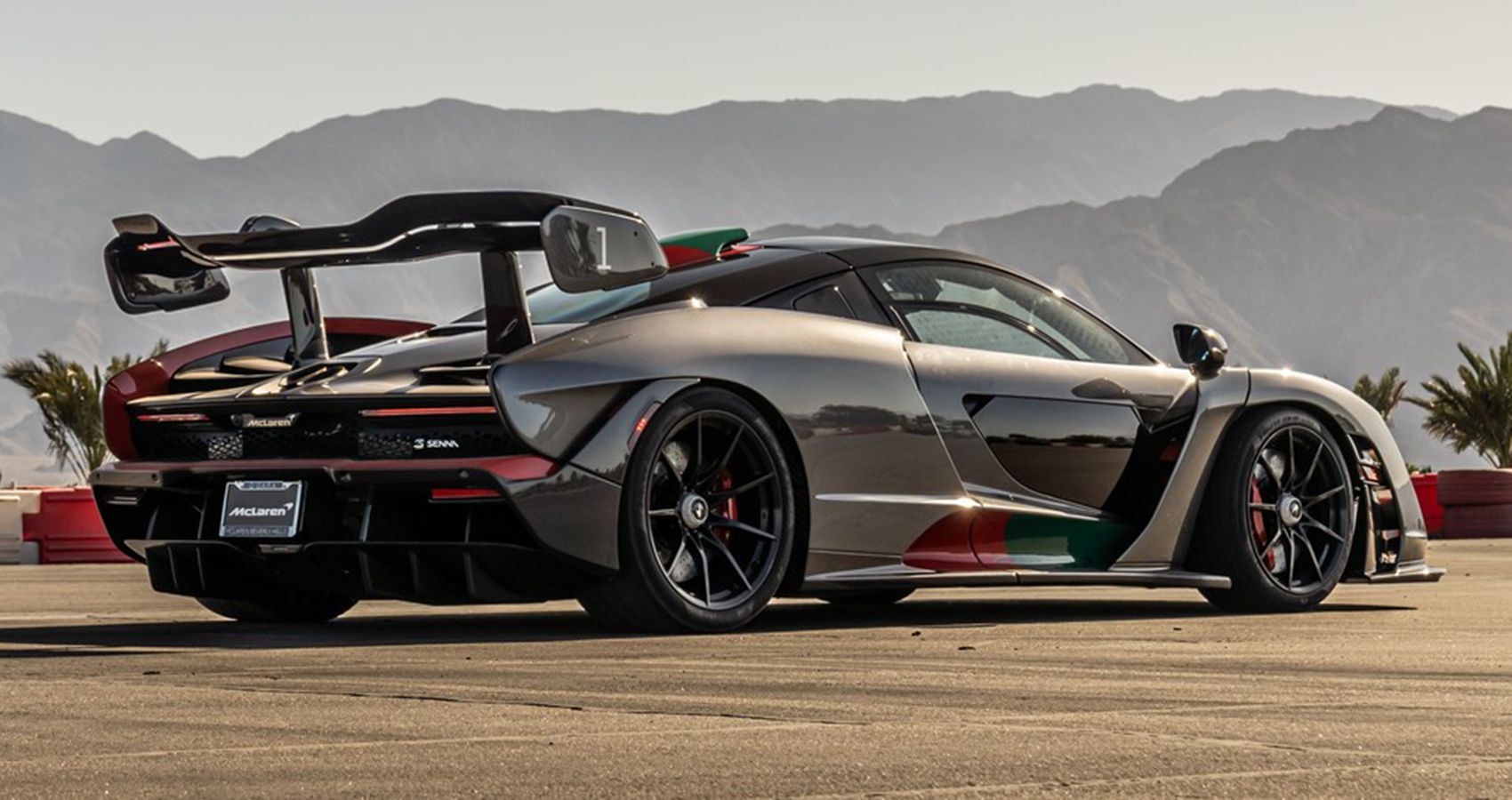

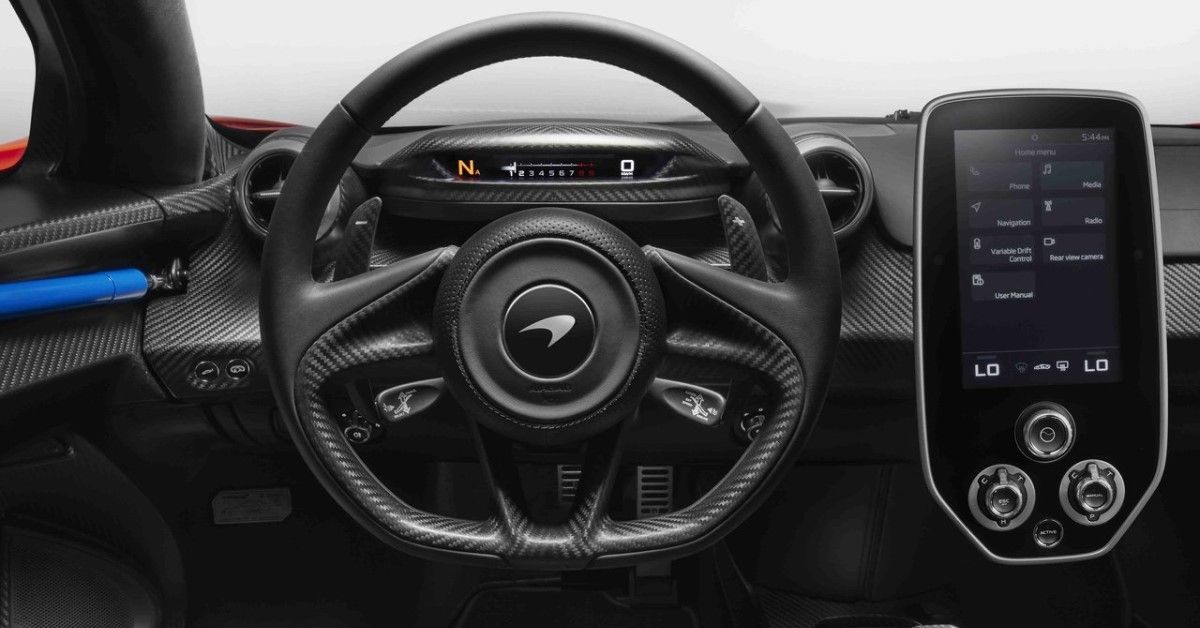
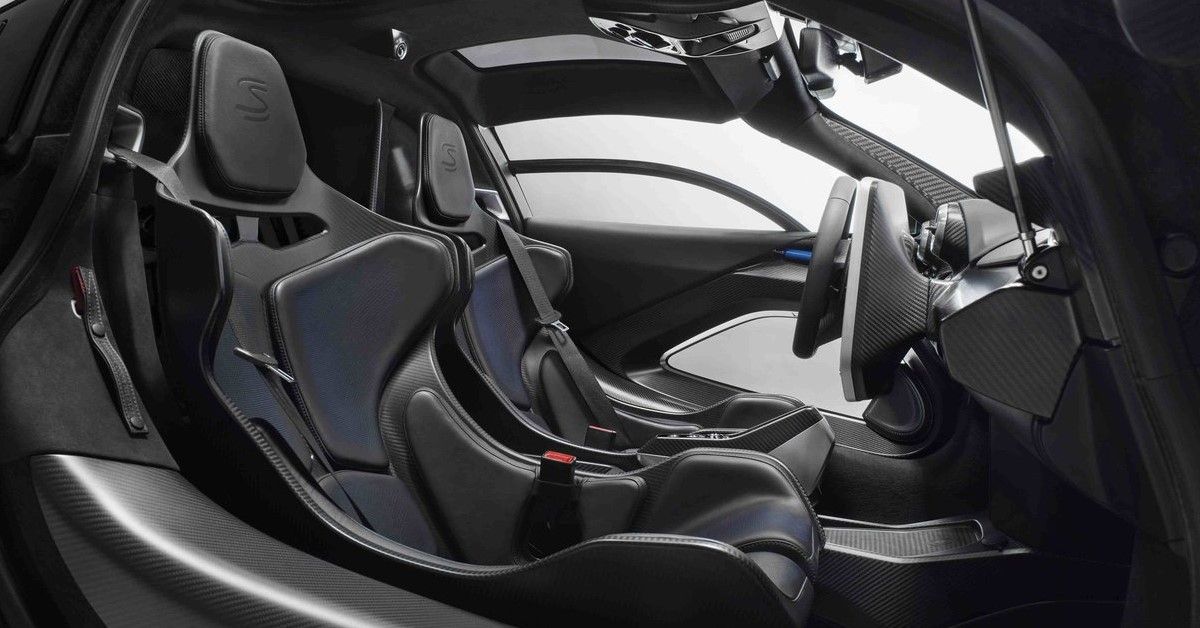
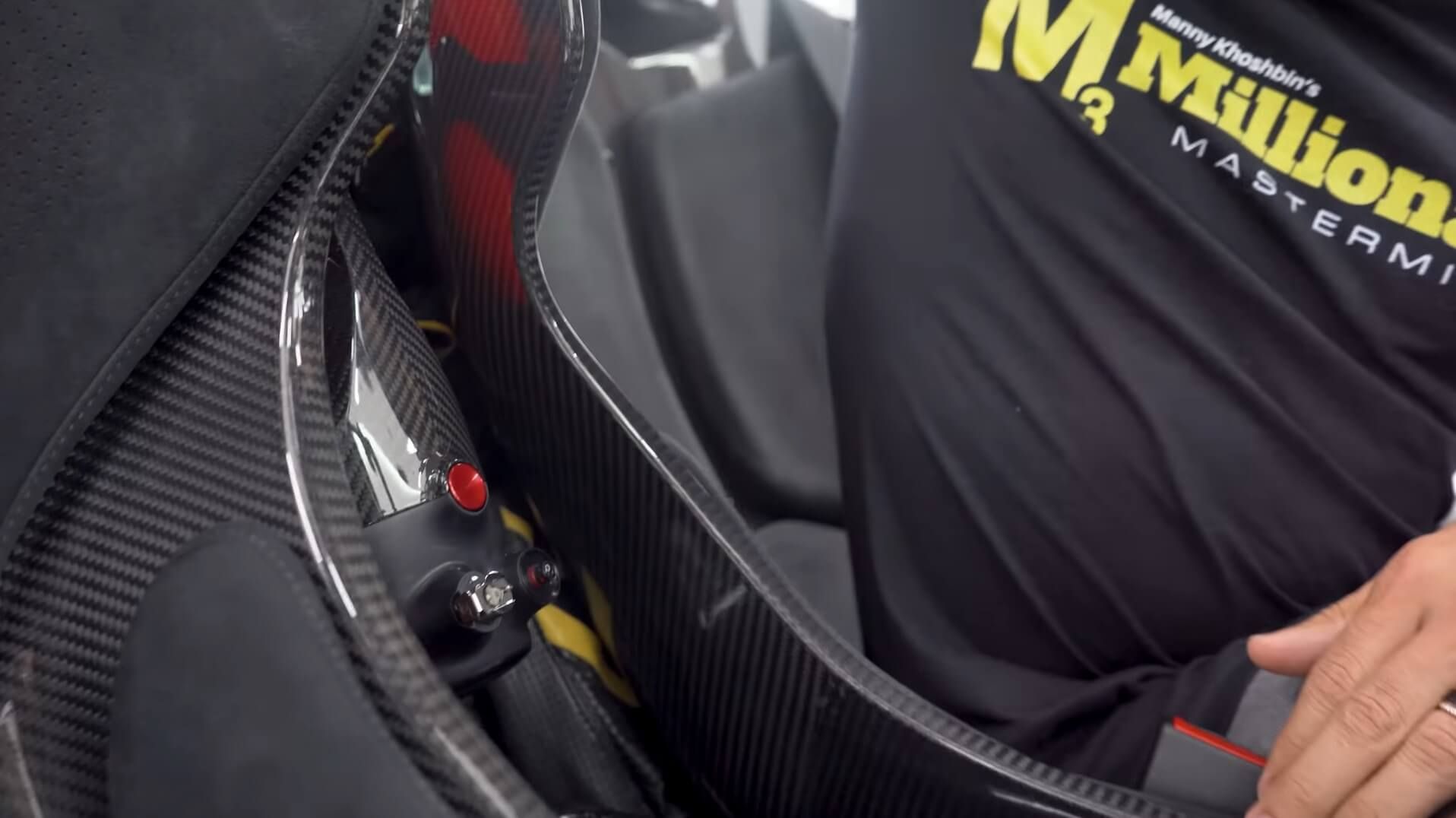
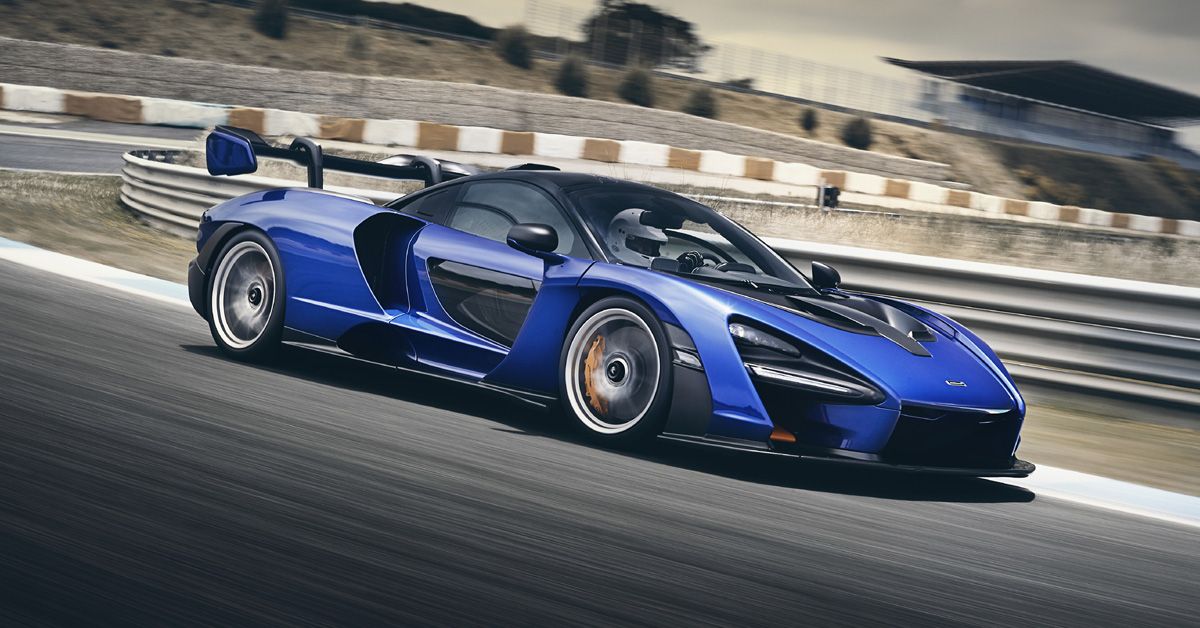
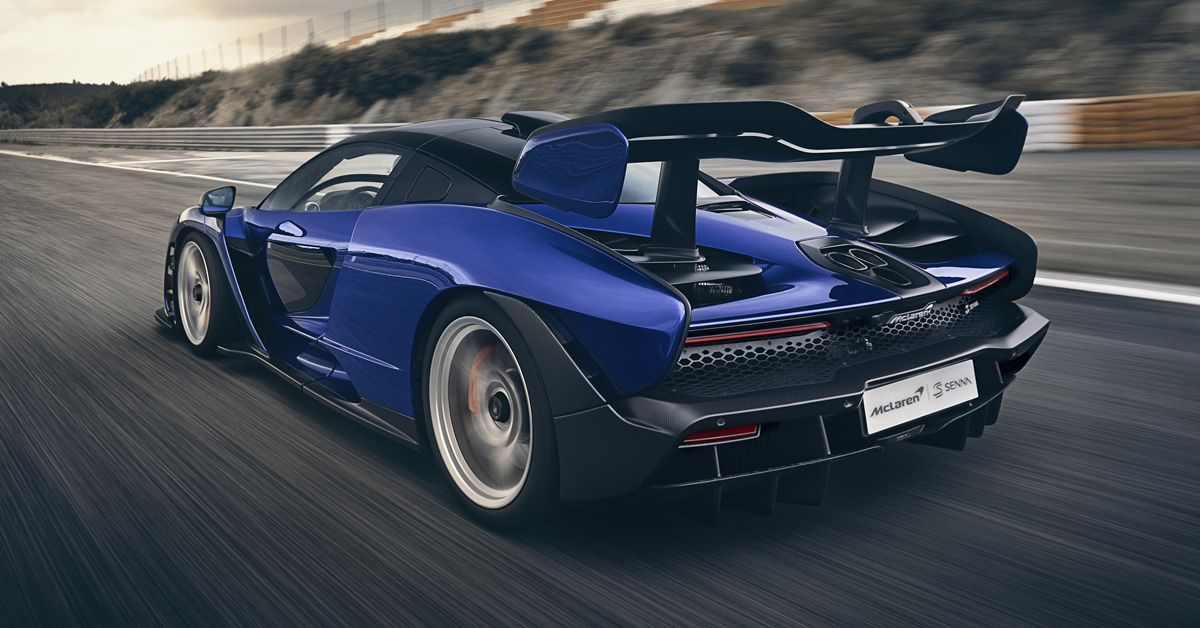
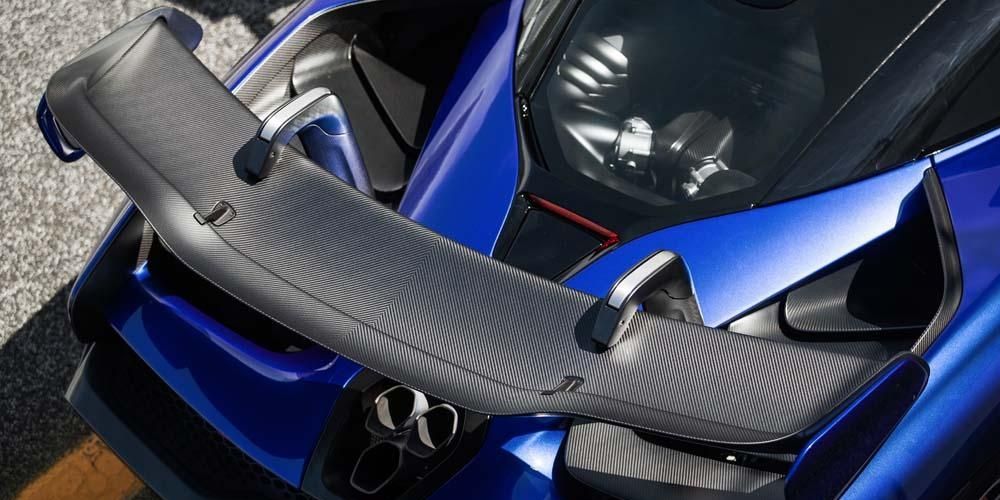
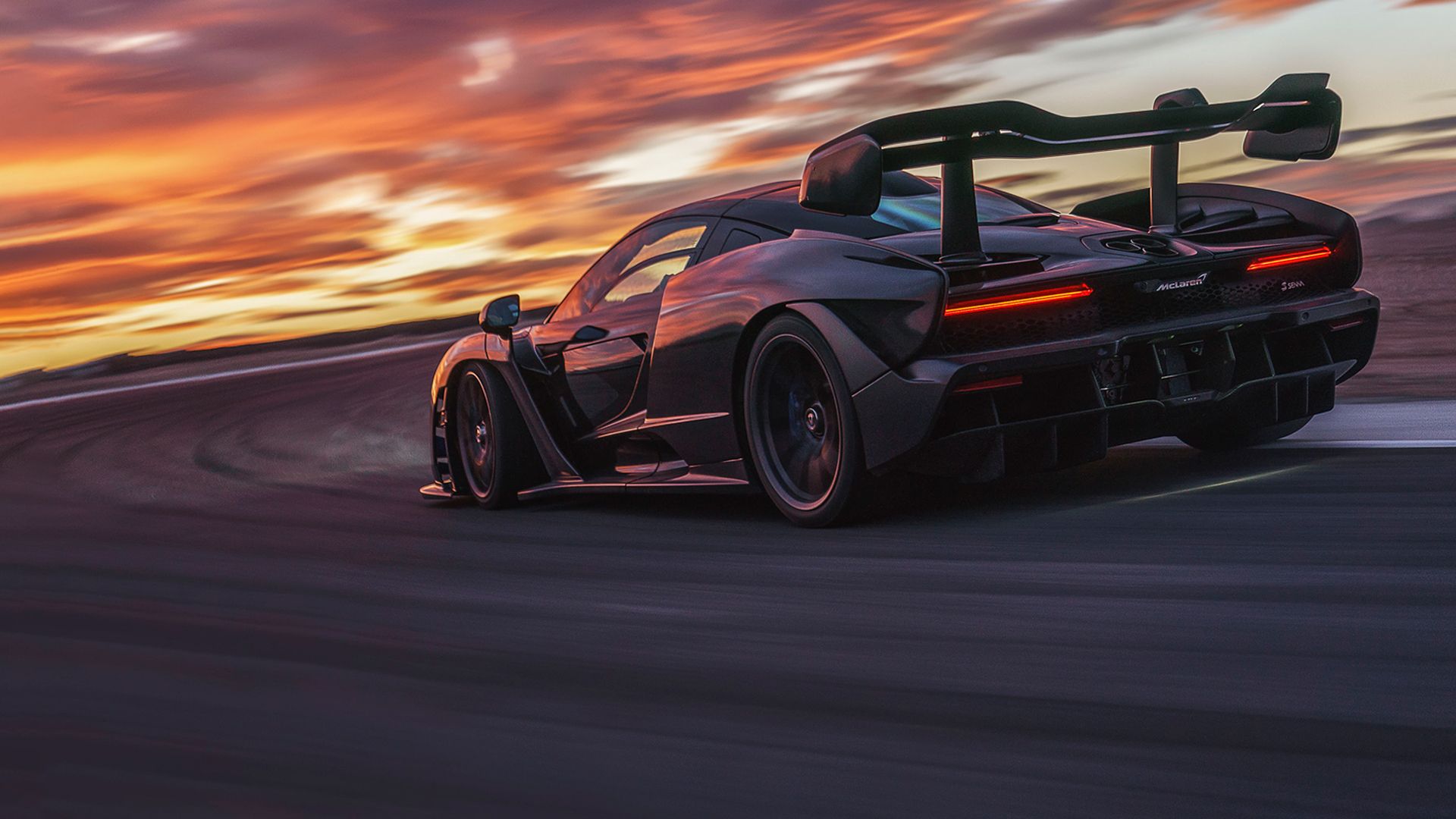
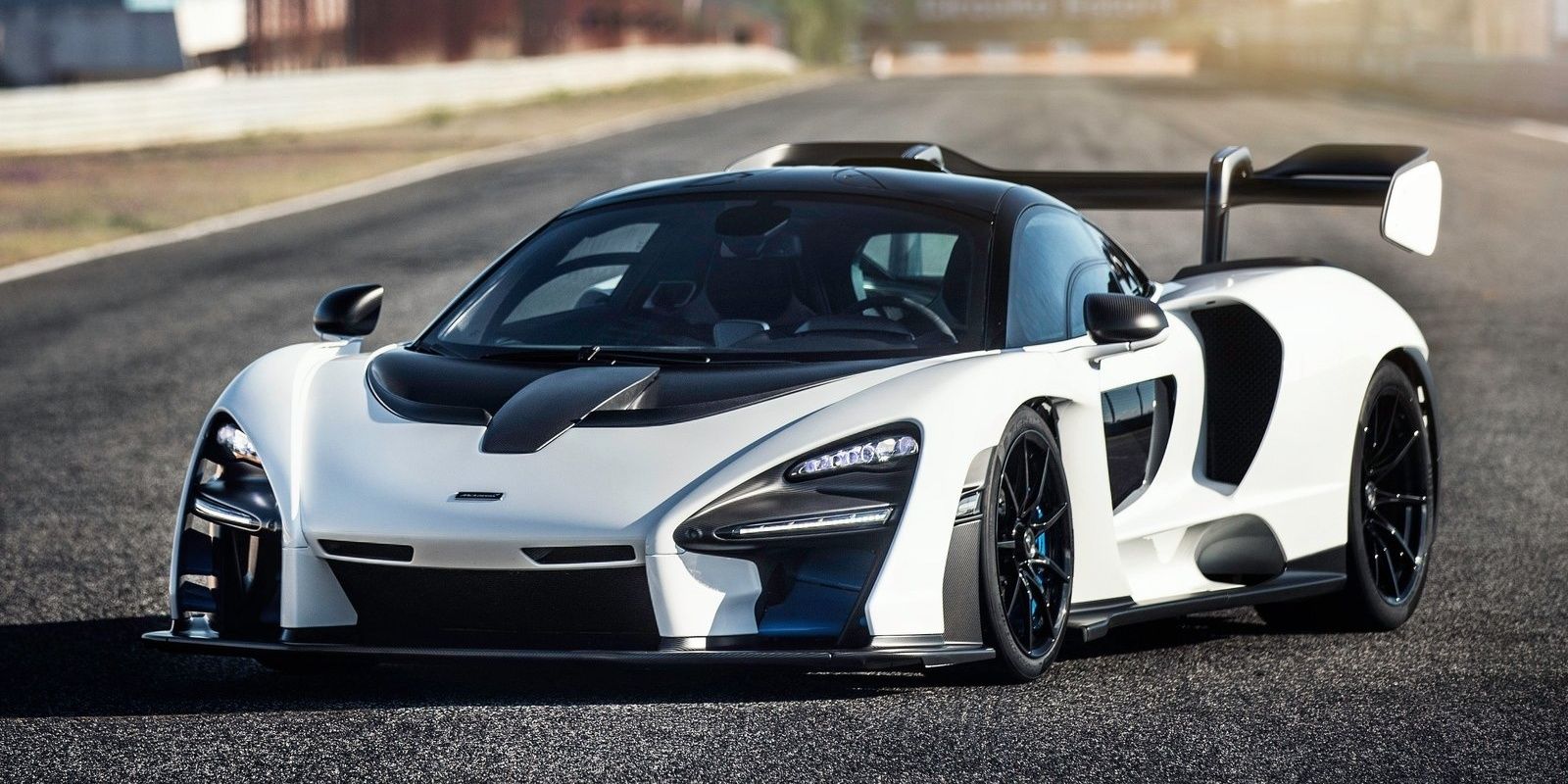
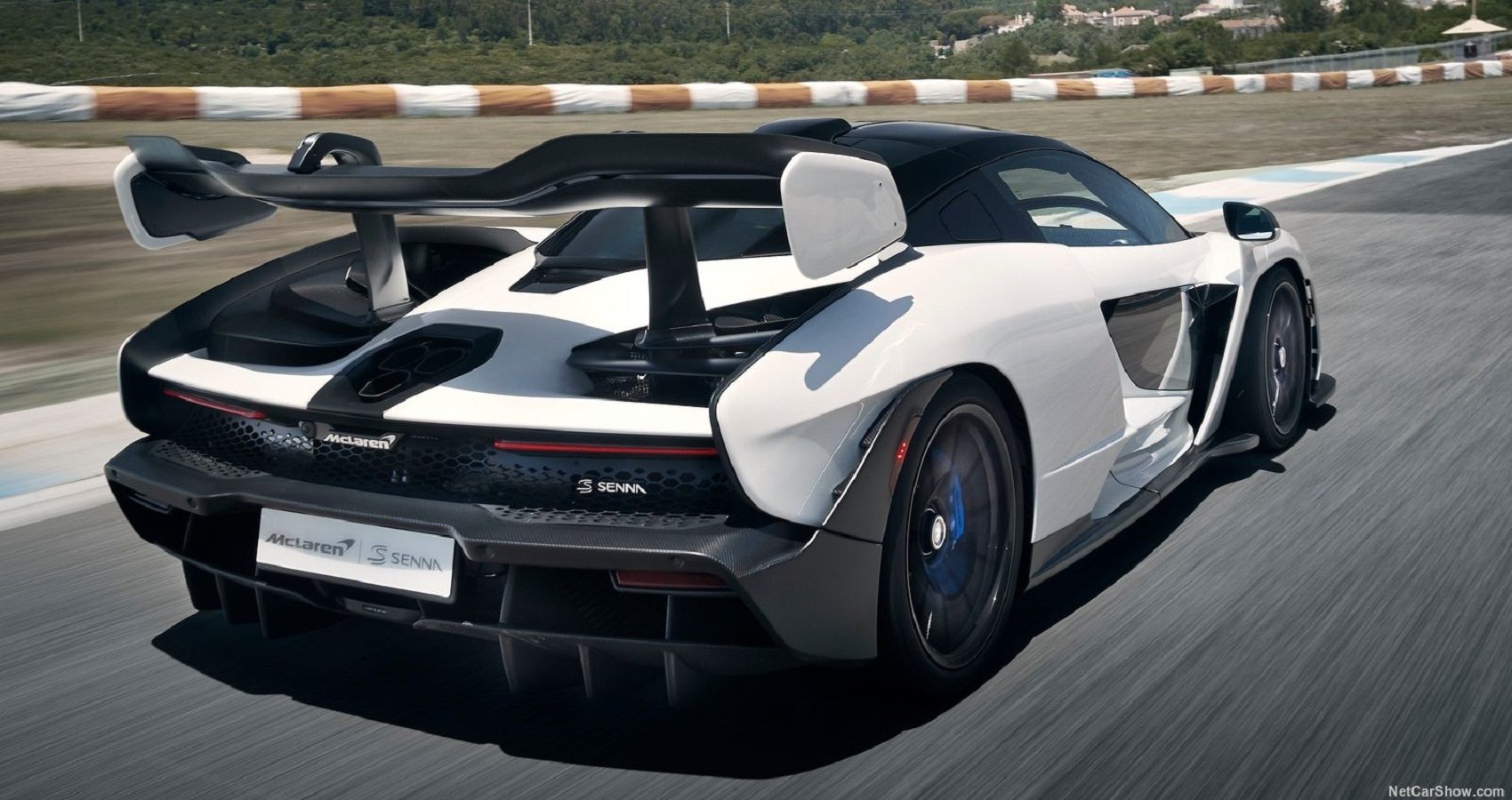
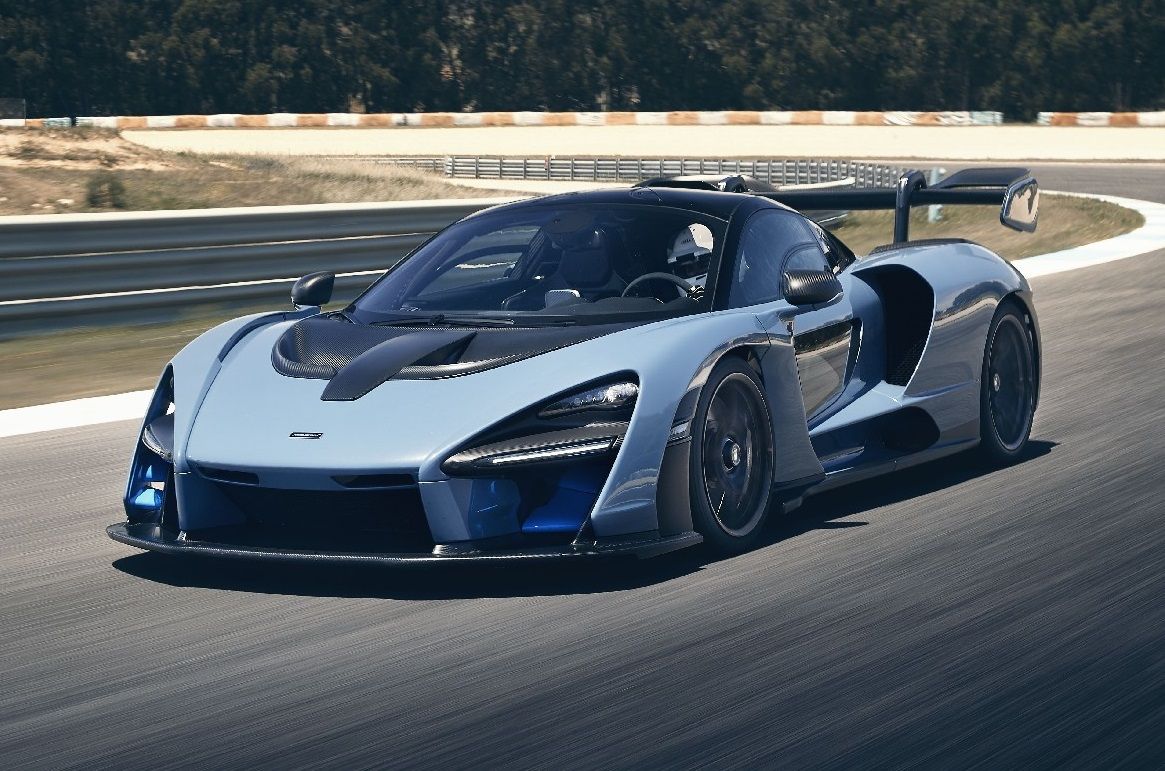
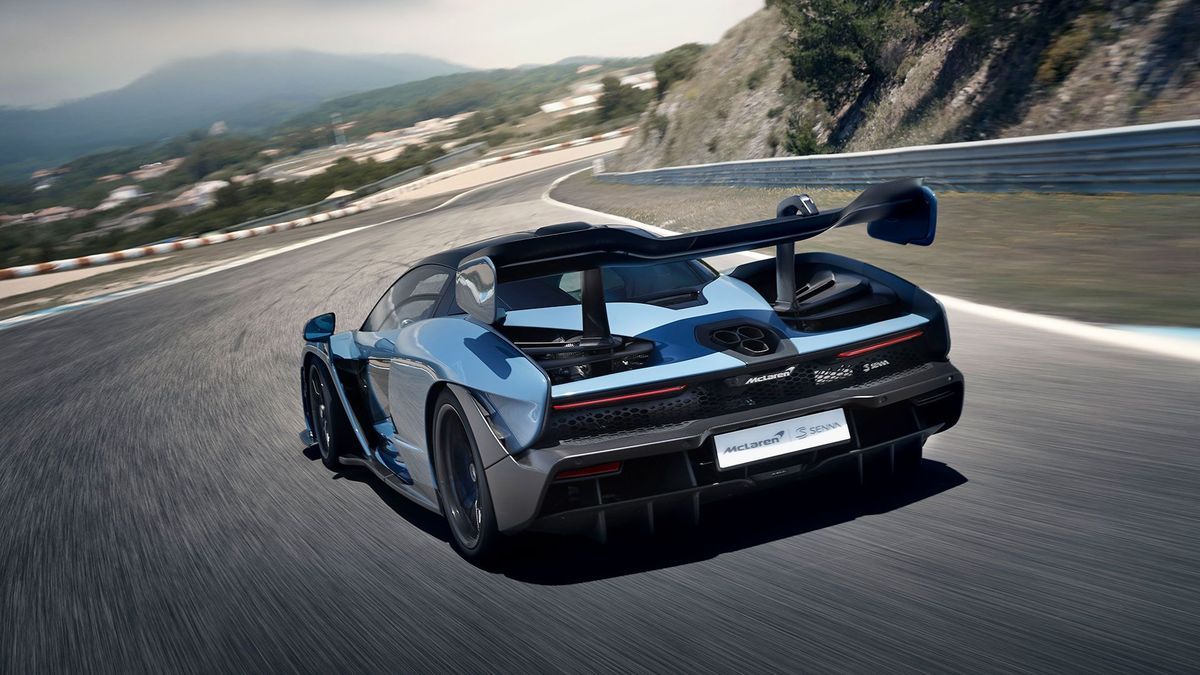
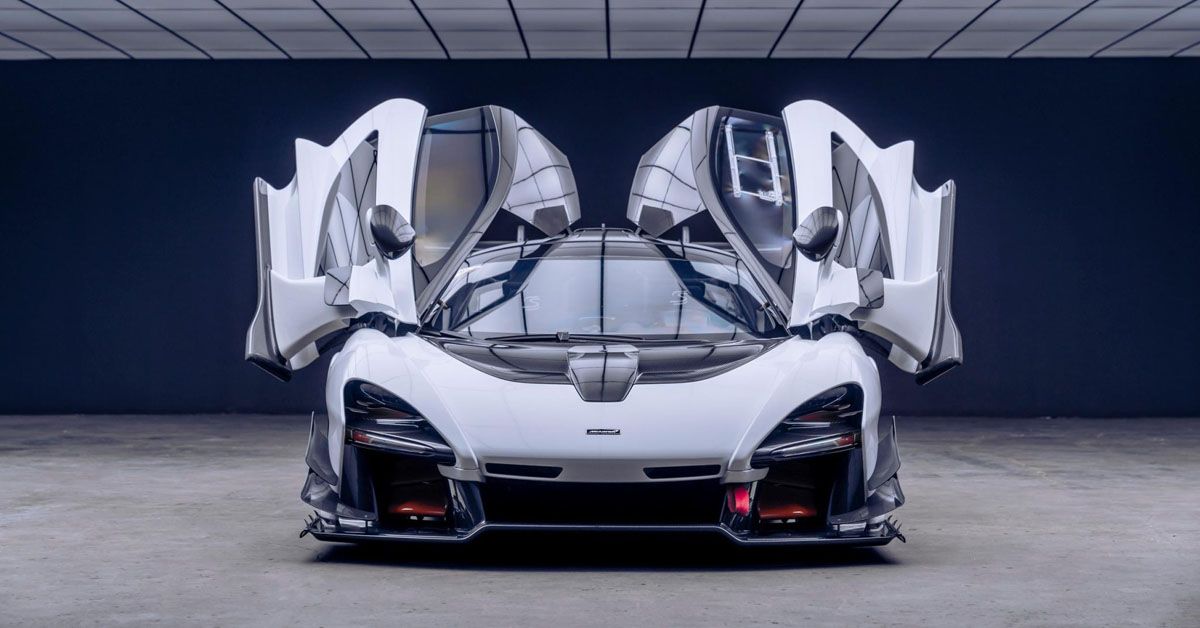
.jpg)